How Much Does Floor Sanding Cost: Your Ultimate Guide
Floor sanding is an essential maintenance step for hardwood floors that have lost their lustre over time. Whether due to wear and tear, scratches, or fading, floor sanding can rejuvenate your timber floors, restoring them to their original beauty. Our detailed guide will dive into the costs associated with floor sanding and offer insights into how you can maintain the charm of your floors after professional service.
Understanding the factors influencing floor sanding costs is key to preparing for your project and ensuring that your floors continue adding value and style to your interior spaces. With the right approach, floor sanding Melbourne is not just a maintenance task; it’s an investment in the longevity and aesthetics of your home.
Factors Affecting Floor Sanding Cost
When planning to rejuvenate your hardwood floors through sanding, it’s crucial to understand the various elements that influence the project’s overall expense. Here’s what you need to know:
1. Size of the Area
The cost of floor sanding largely depends on the floor area needing attention. Bigger spaces, while costing more in absolute terms, often attract lower costs per square meter compared to smaller areas.
This is due to the efficiencies gained in larger projects. However, multiple rooms or complex layouts with partitions can increase the cost due to the added complexity and time required.
2. Preparation Work and Clearing
Preparation work involves clearing the area of furniture, carpets, and other coverings. This stage can also include removing old floor finishes.
Undertaking some of these tasks yourself, such as furniture removal, can help reduce the costs. Professional services often charge for this labour, so a bit of DIY can lead to savings.
3. Condition of Your Flooring
Floors in poor condition necessitate more intensive sanding, potentially increasing the project’s scope and cost.
Deep scratches, dents, or warped boards might require sanding away more material than moderately worn surfaces. In extreme cases, some boards might need replacement, further impacting the budget.
4. The Type of Timber
The timber type influences sanding costs due to differences in hardness and the presence of coatings. Solid hardwood floors are generally more straightforward to sand than engineered hardwood, which requires careful attention to avoid damaging the thin upper wood layer.
Consequently, the cost can vary depending on whether you have solid or engineered hardwood floors.
5. Sealer Type and Coating
The selection of sealer and finish can affect the project’s final cost significantly. Options range from oil- or water-based polyurethane, wax, to acid-cured finishes.
Each has a different price point and durability profile, with high-end finishes like acid-cured options being more costly but offering longer-lasting protection.
Average Costs of Floor Sanding
To effectively budget for your floor sanding project, understanding the average costs can be highly beneficial. These costs can vary based on the finish and size of your floor but provide a good starting point for planning.
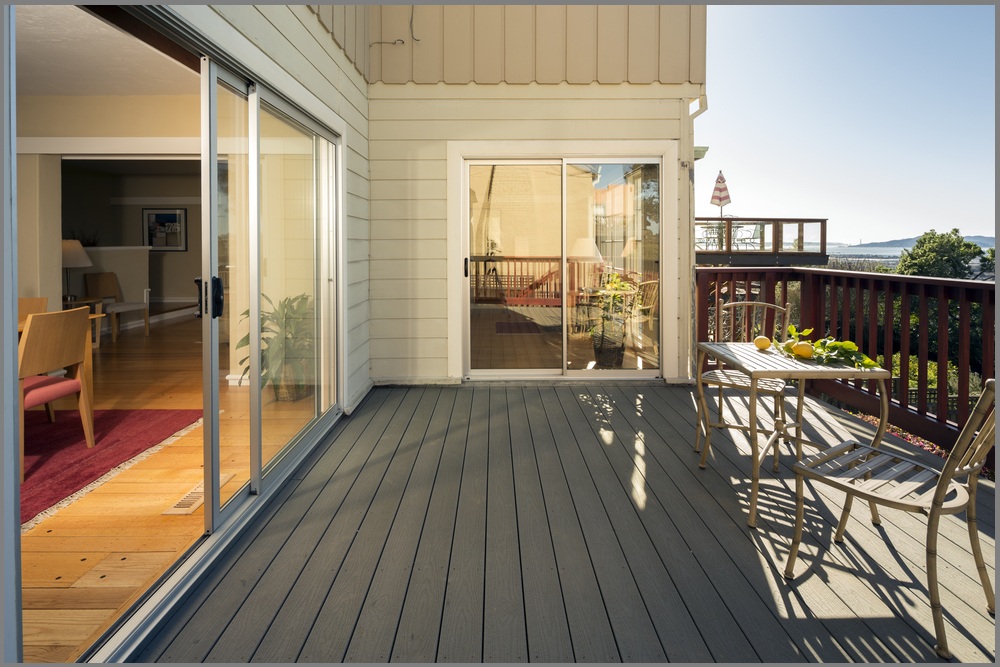
Costs Based on Floor Size and Finish
Typically, floor sanding services charge based on the total square meters of the area to be sanded. You might spend approximately $20 to $90 +GST per square meter, with larger areas typically benefiting from a lower cost per square meter.
The finishing touches, including the type of sealer used, add to the total cost, with options like polyurethane finish costing about $40 to $50 per square meter, and acid-cured finishes being slightly higher.
Sanding vs. Recoating
It’s also valuable to understand the difference between sanding and recoating. While sanding is more comprehensive and addresses deeper wear and tear, recoating simply refreshes the top layer of the finish at a lower cost.
Recoating could start at $20 to $35 per square meter, offering an affordable option for revitalising floors without extensive sanding.
Potential Additional Expenses
Be prepared for potential additional costs, which can surface during a floor sanding project. These might include repairing or replacing damaged floorboards, dealing with structural issues, or applying specific high-end finishes.
Moreover, the project’s complexity, such as working around intricate room layouts or additional prep work, can increase costs.
Benefits of Professional Floor Sanding
Professional floor sanding is much more than just a cosmetic fix for worn-out timber floors. Apart from making your floors look brand new, it brings a host of benefits including extending the lifespan of your floors, enhancing your home’s aesthetics and value, and even offering health benefits.
By investing in professional floor sanding Melbourne, you can safeguard your flooring investment and enjoy a healthier indoor environment.
Extending the Life of Your Floors
Timber floors are built to last, but their longevity greatly depends on proper maintenance and periodic refinishing. Floor sanding is a core aspect of this maintenance, effectively removing the layer of wear and tear that accumulates over time. This process can erase years of scratches, dents, and dullness, bringing back the original beauty and integrity of the wood floors.
By organizing for professional floor sanding every 5 to 10 years or as needed based on the floor’s condition, the lifespan of your floors can be significantly extended, postponing the expensive need for complete floor replacement.
Improving Home Aesthetics and Value
Sanded floors can dramatically improve the look of your home, brightening up interiors and giving them a more refined appearance. Besides the immediate aesthetic lift, professionally sanded floors can also enhance the overall value of your property.
This aspect is particularly important for homeowners considering selling their property as it provides a more appealing prospect to potential buyers, potentially increasing sale prices. The finish applied after sanding plays a crucial role in this improvement, offering different gloss levels and protective qualities that contribute to the floor’s overall appearance and durability.
Health Benefits
A surprisingly beneficial aspect of floor sanding is the improvement in indoor air quality it can bring about. Old, worn-out floors with cracks and crevices can harbour dust, allergens, and moulds, contributing to poor indoor air quality and health issues such as allergies and respiratory problems.
Professional sanding eliminates these hiding spots for allergens, resulting in a cleaner, smoother surface. When coupled with the right finish, sanded floors can be simpler to clean and maintain, further contributing to a healthier home environment.
How to Save on Floor Sanding Costs?
While professional floor sanding provides invaluable benefits, the associated costs might be a concern for some homeowners. Fortunately, there are ways to save on floor sanding costs without compromising on quality.
From undertaking DIY preparations to engaging in regular maintenance and choosing cost-effective finishing options, homeowners can manage the investment in their hardwood floors more effectively.
DIY Preparation Work
One of the immediate ways to reduce the cost of professional floor sanding is by undertaking some of the preparatory work yourself.
The prep work includes clearing the area of furniture, removing old carpets or floor coverings, and ensuring the space is ready for the professionals to come in and start sanding. This can save on labour costs charged by the service provider for doing these tasks.
Regular Maintenance to Avoid Frequent Sanding
Adopting a proactive approach to floor maintenance can reduce the frequency of needing a full sanding and refinishing job. Simple daily and weekly cleaning routines, such as sweeping and mopping with appropriate products, can prevent the buildup of grime and minimize scratches.
Using rugs and felt pads under furniture can also protect floors from damage. Avoiding direct sunlight and controlling humidity levels can preserve the finish for longer, thus delaying the need for another sanding job.
Choosing Cost-effective Finishing Options
The finish chosen post-sanding can significantly impact the overall cost of the project. While there are high-end finishes that offer excellent durability and aesthetic appeal, there are also more budget-friendly options that still provide good protection and appearance.
Water-based polyurethanes tend to be less expensive than oil-based ones and offer the advantage of quicker drying times and fewer VOCs. While the right finish will depend on the specific demands of your household and the look you want to achieve, discussing options with your service provider can help identify a cost-effective solution that doesn’t compromise on quality.
Choosing the Right Service Provider
Choosing the right floor sanding company is critical to ensure that your flooring project is completed efficiently, affordably, and to the highest quality. It’s not just about finding someone who can do the job at the lowest price but finding a service provider who provides value, quality, and reliability.
To make an informed decision, there are certain questions you can ask and factors to evaluate when getting quotes from potential floor sanding companies.
Questions to Ask Your Floor Sanding Company
When you begin your search for a floor sanding company, it’s essential to have a set of questions ready to help you vet potential service providers. Here are some key questions to consider:
- Experience and References:“How many years of experience do you have in floor sanding, and can you provide references from previous clients?”
- Insurance and Licenses:“Do you carry insurance, and are you licensed to operate in this area?”
- Project Timeline:“How long will the project take from start to finish?”
- Details on Services Offered:“What does your service include? Do you handle both sanding and finishing? What types of finishes do you offer?”
- Preparation and Clean-up:“What preparation is needed from my side, and how do you manage clean-up after the project?”
- Guarantees and Warranties:“Do you offer any guarantees or warranties on your work?”
- Project Cost:“Can you provide a detailed quote outlining all costs involved? Are there potential costs that could arise during the project?”
Evaluating Quotes and Services
Once you have gathered quotes and information from various companies, the next step is to compare and evaluate them to make an informed decision. Here are some tips for evaluating quotes and services:
- Compare Costs:While the price is an important factor, it shouldn’t be the sole determinant. Be wary of quotes that are significantly lower than others, as this could indicate a compromise on materials or workmanship.
- Examine Inclusions and Exclusions:Carefully review what is included in the quotes. Does the quote cover all aspects of the project, including prep work, sanding, finishing, and clean-up? Are there any additional costs that might arise?
- Assess the Proposed Timeline: Consider whether the proposed timeline suits your schedule. Ensure that the company can start and complete the project within a timeframe that is convenient for you.
- Quality of Materials:Inquire about the types of finishes and materials to be used. Higher quality materials may cost more, but they can enhance the durability and appearance of your floors.
- Warranty and Aftercare:Look for companies that offer warranties on their work. This shows confidence in their workmanship and provides you peace of mind.
- Review Previous Work:If possible, view examples of the company’s previous work, either through photos or by visiting past projects. This can give you an idea of the quality and finish you can expect for your project.
Conclusion
It’s clear that a multitude of factors contribute to the final pricing, including the size of the floor area, the condition of the flooring, the type of timber, and the chosen finish. Costs can vary significantly based on these factors, with prices generally ranging from $20 to $90 + GST per square meter, not including additional finishes which can add to the total expense. It’s also evident that investing in professional floor sanding and refinishing is not only cost-effective compared to floor replacement but also enhances the beauty, functionality, and value of your home.
Choosing the right service provider is crucial. It’s highly recommended to seek multiple quotes, understand exactly what is included in the job, and verify the experience and reputation of the flooring company. Remember, hiring a professional floor sanding Melbourne service ensures the job is done correctly and efficiently, helping to avoid potential damage from DIY attempts.
For professional floor sanding at affordable rates, Total Floor Service is the name you can trust. We have a well-trained team that will transform your floors in no time. Reach out to us today and see how we can surpass your expectations!


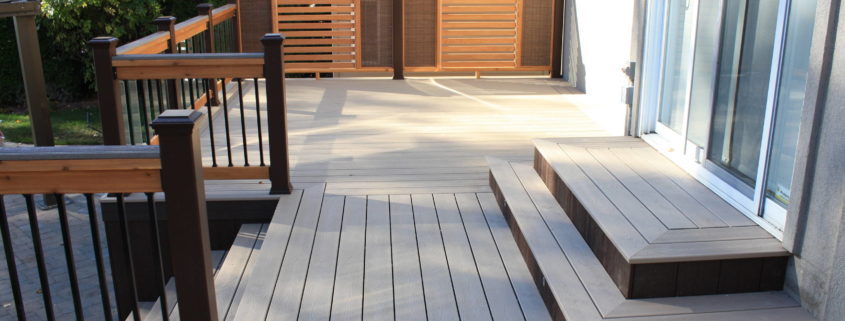
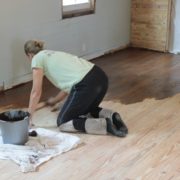
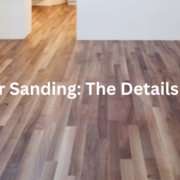
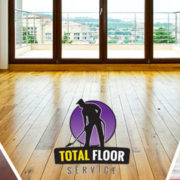
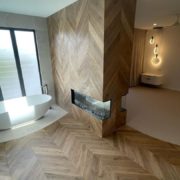
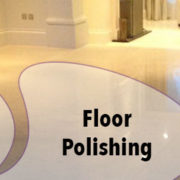
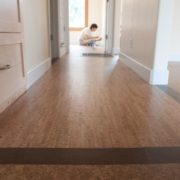
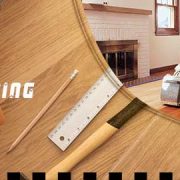
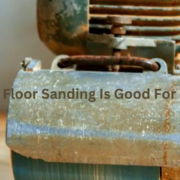
 Address:
Address:  Phone:
Phone:  ABN: 63 602 512 489
ABN: 63 602 512 489




